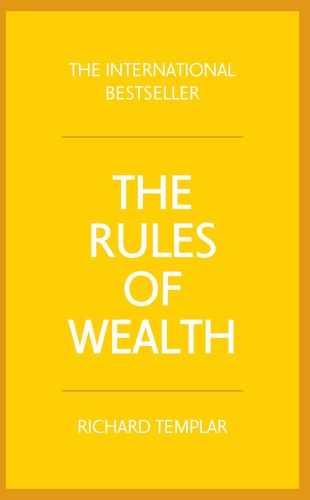If you are going to run a company or invest in companies, you need to be able to read a balance sheet. This is different to knowing what profit or loss a company has made (i.e. reading a profit and loss account). Why? Because a profit and loss account only shows you half the picture.
For instance, Company X might have a turnover of 1 million and expenses of 500,000, thus it has made a profit of 500,000 and must be doing really well, n’est-ce pas? No, actually. Because what you can’t see from this simple profit and loss account is that it owes the bank 2 million, the 1 million in turnover is very dodgy and there is a 4 million tax bill hanging over its head from previous years’ accounts, a franchise expiring, a tax loophole about to close and a powerful competitor about to start up. Invest in Company X? I don’t think so. It’s bankrupt and fraudulently trading and not worth a pig’s ear. Stay away. So you need to see a balance sheet. Without fail. And because of what it is not telling you.
A balance sheet has to balance. That’s why it’s called a balance sheet.* The basic formula you need to know is assets minus liabilities = equity or A – B = C. Into even simpler terms: what you own less what you owe equals what you are worth. This applies to yourself, companies you work for/own and companies you intend investing in. Let’s have a closer look.
- What you own – your assets. This includes current assets, including cash and anything that can be realized (i.e. turned into cash) within say a three-month period (this might include cast-iron debtors, money in transit etc.); stock (stuff ready to be sold and raw materials that have value and can be made into products); any property you or the company may own; equipment and goodwill.
- What you owe – your liabilities. This includes your creditors, long-term loans and bank loans. Basically what you would have to find in cash if everyone called in what you owed them.
- What you are worth – your equity. This is A minus B. It tells us what you or your company is really worth. There is a formula that says that you take your current assets and divide it by your liabilities and if the answer is bigger than 1.5 you’re doing OK. Obviously you need to adjust this for different industries and businesses but it serves as a basic indicator. I also take the equity and divide it by the assets as a percentage. And if the answer is higher than 50, I feel confident. For instance, equity 35 million ÷ by assets (capital employed) of 70 million as a percentage = 35,000,000 ÷ 70,000,000% = 50 which is fine. But assets of 120 million and equity of 35 million is not so hot – around 29.
So if you just hear about a company that has made a profit of 1 million and are offered the chance to invest, don’t be impressed by that single figure. Ask to see the balance sheet. Read it thoroughly. In fact, don’t just read the balance sheet, important as it is – there are other things you need to know, such as a company’s financial statements in total. The more information you can get (and should get), the more solid your decision will be.
A BALANCE SHEET
HAS TO BALANCE
* The actual balance is equity + liabilities = assets, thus balancing. You get assets on one side and liabilities and equity on the other.
